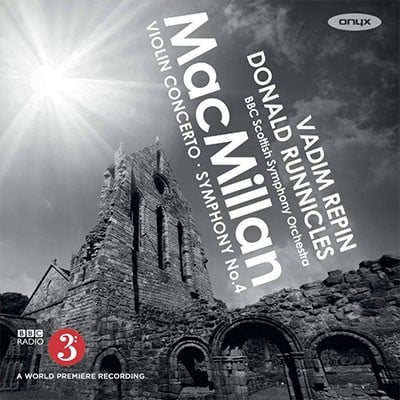2.2.corA.2.1.dbn-2.2.2.1-timp.perc(2):vib/whip/2congas/BD/crot/marimba/bell tree/vibraslap/SD/2Chinese gliss gongs-pft-strings
Third movement contains a fragment of text in German (by the composer), which should be spoken by voices from the orchestra, on or off stage. If this is not possible the text may be spoken by a single voice.
Abbreviations (PDF)
Boosey & Hawkes
- Dance
- Song
- Song and Dance
The first movement begins with a short, punchy refrain motive, which kicks of a fast, jerky principal theme on solo violin. This is followed fairly swiftly by the other main idea – a high, floating singing line, with murmuring accompaniment. These three main elements form the main thrust of development thereafter. However, the music takes a significant detour into an energetic Scottish reel, before the natural development is resumed and concluded.
The second movement begins with a simple, expressive melody on oboe, which is then taken up by the strings as the solo violin moves into a highly embellished counter-material. This becomes the main characteristic of the soloist’s activity in this central movement. The other main accompaniment idea is a series of simple chords, all of different lengths, fitted in to a pliable dyadic rhythm. As the two themes are varied in a series of episodes, the music again takes an unexpected shift – where the solo part is marked semplice, child-like, folksy, dancing. Based on a hazy, remembered amalgam of old Irish tunes, this section is a memory of childhood. These main elements are developed and subsequently juxtaposed, but it is this simple melody that has the last word, in a virtuosic passage for the soloist.
The third movement is a combination of the two concepts in the earlier movements; song, and dance. The music has the physical energy of the first, but some of the singing quality of the second, while introducing a new feeling of burlesque. There is some spoken material too (in German). A series of metric modulations take the music into new territory with heightened vigour, and with a growing sense of abandon. The middle section is a waltz based on the lyrical, plainsong-inflected slow material from earlier in the piece. A final detour, at the resumed speech, takes the music to a tragic outburst, leading to an unaccompanied cadenza for the soloist. A brief codetta brings the work to a full stop. The work is dedicated to Vadim Repin and in memoriam Ellen MacMillan (1935-2008).
James MacMillan, 2010
Reproduction Rights
This programme note can be reproduced free of charge in concert programmes with a credit to the composer.
"...a compendium of song and dance digging deep into the primitivism of the distant past to unlock memories much closer to the present. There are dizzying, spinning reels, dirges and sentimental plaints with the violin often hauntingly evoking the "vocal" melismas of Celtic folk singers."
The Independent

Vadim Repin/BBC Scottish Symphony Orchestra/Donald Runnicles
Onyx Classics 4157
Buy the CD from Amazon

